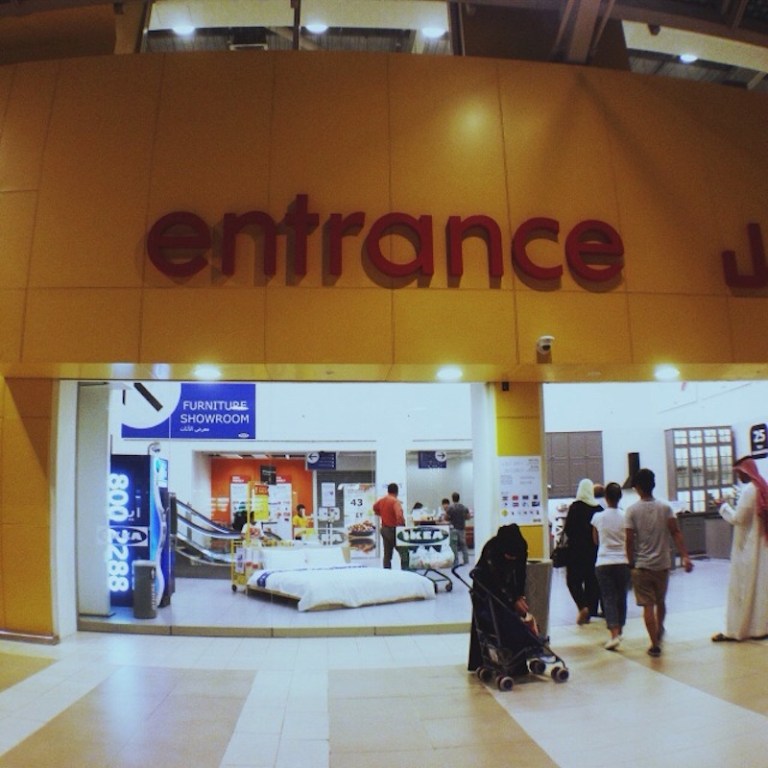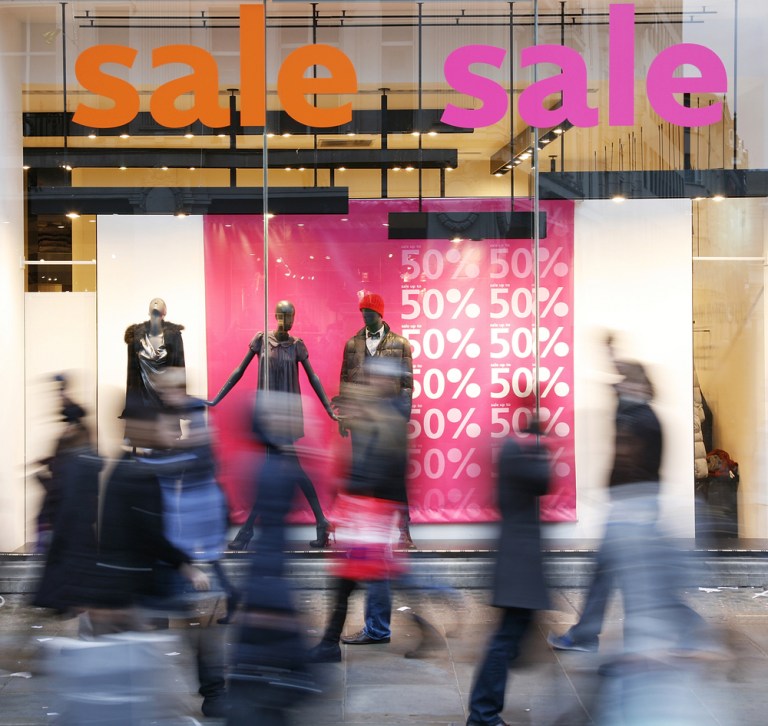Dirty Little Secrets Restaurants Use To Get You To Spend More Money And Eat More Food
The manipulation starts right when you walk in. Ever notice how restaurants love to suggest you “wait at the bar until your table is ready.”
By ![]() Mira Zaslove
Mira Zaslove
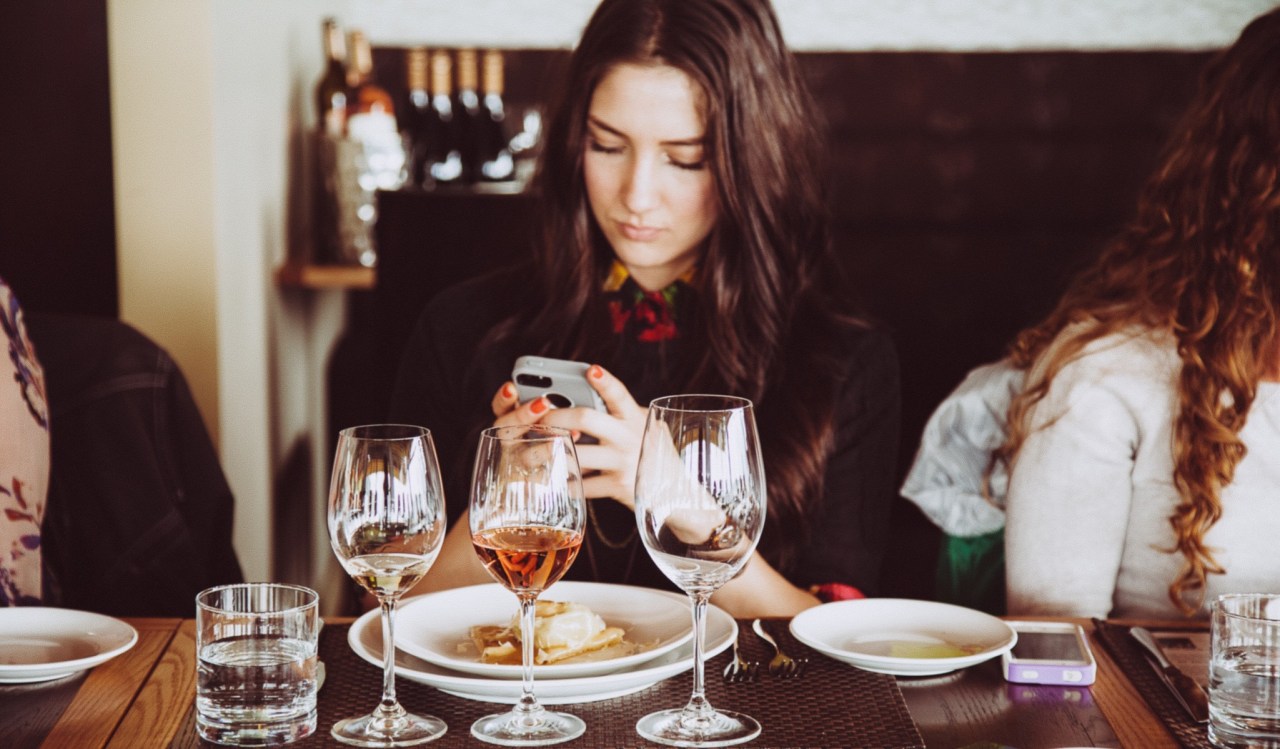
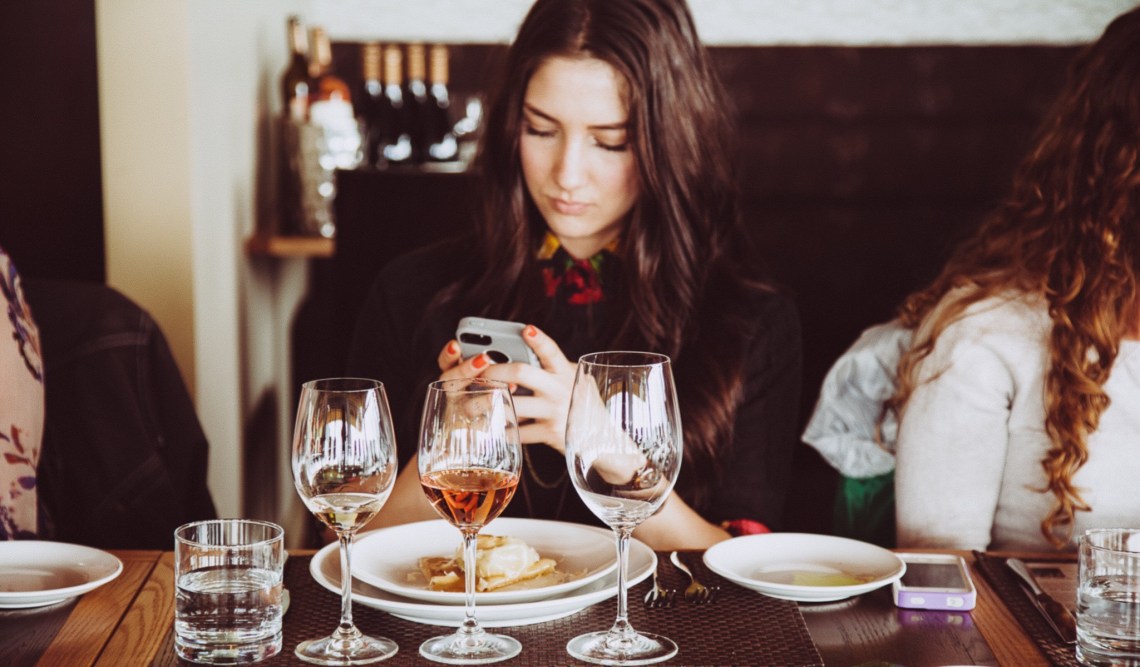
Producer’s note: Someone on Quora asked: How do restaurants use psychology to manipulate our spending and eating habits? Here is one of the best answers that’s been pulled from the thread.
![]()
We Dare You To Expense This!
How much money people spend when they are out to eat is influenced by psychology. Restaurants use all kind of tricks and psychology to manipulate spending and eating habits, including the following:
Would You Like a Drink With That?
The manipulation starts right when you walk in. Ever notice how restaurants love to suggest you “wait at the bar until your table is ready” and ask if you would like to order a drink before you’ve even looked at the food menu?
Similarly, “would you like still or carbonated water?” has become a common question. Although most customers would be fine with tap water, this suggestion increases the chances that they will purchase bottled water instead.
Drinks are, in many cases, what keeps a restaurant profitable. Not only are people more likely to order and eat more when they are drinking, the margins on alcoholic beverages typically far outweigh everything else– except for maybe that water.
The markup on beer and wine is typically in the 200% – 500% range. Waiters can be difficult to track down, but few forget to ask if you’d like a drink refill.
Tao Las Vegas, which brought in over $64 million last year, is the top-grossing restaurant in the US. Alcohol sales accounted for approximately 75% percent of the revenue.
Now that you’ve got your drink, the manipulation continues when the menu arrives.
The Anchor Decoy & Comparison Shopping
Manipulative menus often include a crazy expensive product that is not really intended to sell. Rather, it’s used to make other items look like “deals” by comparison. The anchor decoy gets people to spend more money, by NOT buying it. For instance, the Zillion Dollar Lobster Frittata (yes, it is actually called that!) at Norma’s at the Parker Meridien hotel in New York City.

The regular frittata, made with a pound lobster, includes 1 oz of Sevruga caviar for $100, while the “Norma Dares You to Expense This” higher-rollers’ version, comes with 10 oz for $1,000.
Notice too, how Norma’s doesn’t include the $ sign, or any decimals. To minimize price sensitivity, manipulative menus, omit $ signs, or any mention of cents.
Anchor decoys are often highlighted by being placed in prime space, or in different colors, where the eye naturally goes. At Norma’s, one can assume the items in orange are their high margin offerings.
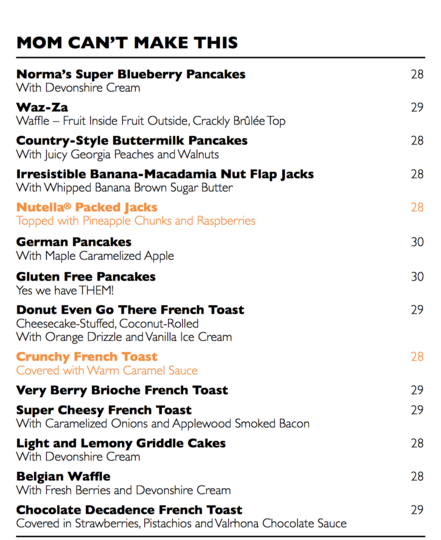
Manipulative Menu Mix – Bracketing & Bundling
Menus bracket prices by including a small, medium, and large option. In this scenario, margins are often highest and profit maximized for the option that looks the cheapest.
Bundling is also used by fast food chains and Michelin Star restaurants alike. Whether ordering a “combo meal” or a “price fixe chef’s tasting menu,” the bundle looks cheaper and more people are attracted to these options.
Customers believe they are getting a deal, yet they are often just spending more for items they don’t really want. Restaurants also often bundle their high profitability items with those of lower profitability to increase overall margins.
Most restaurants sell a mix of items, and not all dishes are created equally. Industry convention groups them into:
Stars: popular items with high margins
Plow Horses: popular items with low margins
Dogs: unpopular items with low margins
Puzzles: unpopular items with high margins
Examples of stars include pizzas, pastas, and omelets, which are popular, and relatively cheap to make, especially in bulk. Examples of plow horses include steaks, which are popular, but also relatively expensive for a restaurant to procure high quality product.
Restaurants manipulate patrons by packaging stars and plow horses with puzzles. Puzzles are also often placed at the top of the page, or highlighted in different colors, or highlighted in a really fancy box, like the anchor decoy. ![]()

